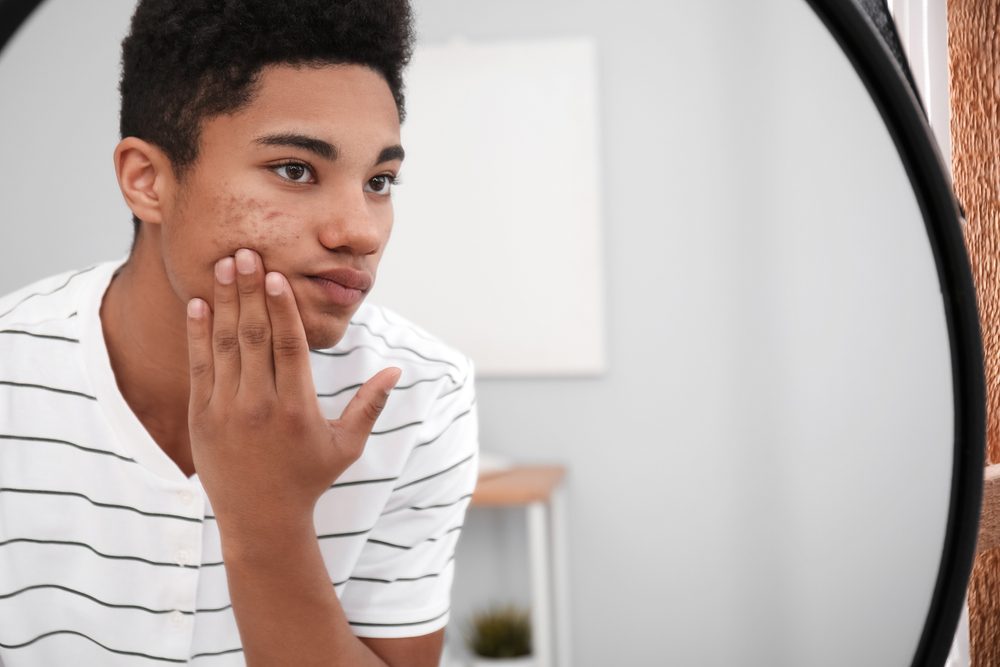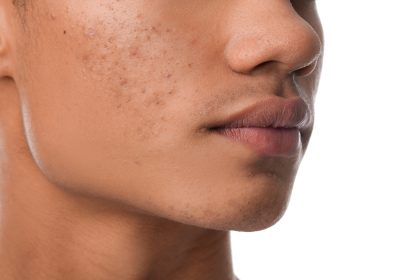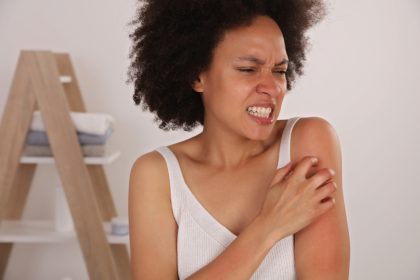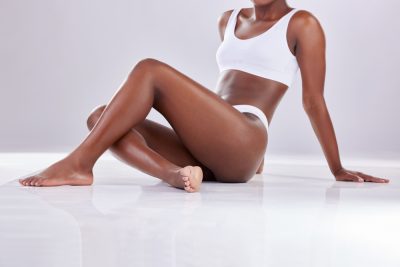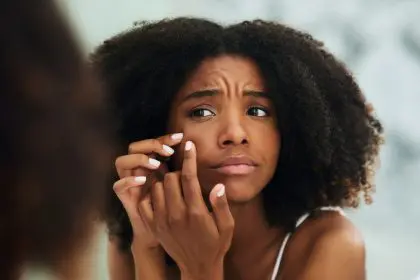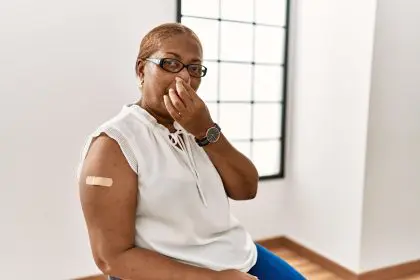Scalp acne, an often overlooked yet common condition, can cause discomfort and disrupt daily life. These inflamed bumps can appear suddenly, making hair care routines painful and frustrating. While similar to facial acne, scalp acne presents unique challenges due to its location beneath the hair. Knowing its triggers and solutions is essential for effective management.
Causes of scalp acne: what’s behind the bumps?
Scalp acne develops when hair follicles become clogged with oil, dead skin, and debris. Various factors can contribute to this clogging, leading to irritation and inflammation.
1. Excess oil production
Overactive sebaceous glands on the scalp can produce more oil than necessary, especially when combined with sweat and dead skin. This mixture blocks hair follicles, creating an environment ripe for acne.
2. product build-up
Frequent use of styling products like gels, sprays, and dry shampoos can leave residues on the scalp. Over time, these residues accumulate and block pores, contributing to breakouts.
3. hormonal fluctuations
Hormones play a significant role in oil production. Periods of hormonal changes—such as puberty, menstruation, and stress—can increase sebum levels, making scalp acne more likely.
4. infections: fungal and bacterial
Conditions like folliculitis, caused by bacterial or fungal infections, can mimic acne. These infections inflame hair follicles, resulting in red, tender bumps.
5. sweat and friction
Wearing hats, helmets, or tight headgear traps sweat and heat, creating a perfect breeding ground for clogged pores and subsequent breakouts.
6. diet and lifestyle
Dietary choices, particularly high-glycemic foods and dairy products, may trigger excess oil production and inflammation, exacerbating scalp acne.
Treating scalp acne: strategies for relief
If you’re dealing with scalp acne, a multi-faceted approach can help manage the condition. From gentle cleansing to targeted treatments, several strategies can bring relief.
1. avoid touching or picking
Resist the temptation to pick at or scratch bumps. Doing so increases the risk of scarring and can introduce bacteria, leading to infections.
2. use gentle hair tools
Switch to soft-bristled brushes and wide-tooth combs to minimize irritation on the scalp. Rough brushing can worsen inflammation.
3. maintain regular washing
Consistency is key in scalp care. Wash your hair regularly to remove excess oil, sweat, and product build-up. Use lukewarm water, as hot water can dry out the scalp, leading to overproduction of oil.
4. medicated shampoos
Over-the-counter (OTC) shampoos containing salicylic acid or ketoconazole are effective for mild scalp acne. These ingredients help exfoliate the scalp and reduce inflammation.
For persistent cases, dermatologists may recommend:
- Topical antibiotics to combat bacterial infections.
- Retinoids to unclog pores and reduce oil production.
- Oral medications, including antibiotics or hormonal therapy, for severe or resistant acne.
Preventing scalp acne: tips for a healthy scalp
Prevention is often the best cure. Implementing habits that promote scalp health can minimize future breakouts and improve overall hair and scalp wellness.
1. Wash frequently and thoroughly
Regular shampooing prevents oil build-up. Opt for sulfate-free shampoos that cleanse without stripping natural oils.
2. Choose non-comedogenic products
Hair care products labeled as “non-comedogenic” or “oil-free” are designed to avoid clogging pores. Switching to these products can make a significant difference.
3. Limit headgear usage
Avoid wearing tight hats or helmets for extended periods. When headgear is necessary, ensure proper ventilation and clean them regularly to prevent bacteria accumulation.
4. Manage stress
Stress management is crucial, as stress can trigger hormonal changes that exacerbate acne. Techniques like meditation, yoga, and deep breathing can help keep stress levels in check.
When to seek medical advice
While many cases of scalp acne can be managed at home, some situations require professional intervention. If OTC treatments don’t provide relief or if you experience:
- Large, painful cysts.
- Persistent redness and swelling.
- Signs of infection, such as fever or pus drainage.
A dermatologist can offer personalized solutions, including prescription treatments tailored to your needs.
Final thoughts
Scalp acne, though frustrating, is manageable with the right approach. Understanding its causes and implementing targeted treatments can significantly improve scalp health. Prevention strategies, combined with consistent care, can keep breakouts at bay and promote a healthier, clearer scalp.
Remember, patience is essential when dealing with any form of acne. With time and the proper care regimen, you can achieve a comfortable, acne-free scalp.

